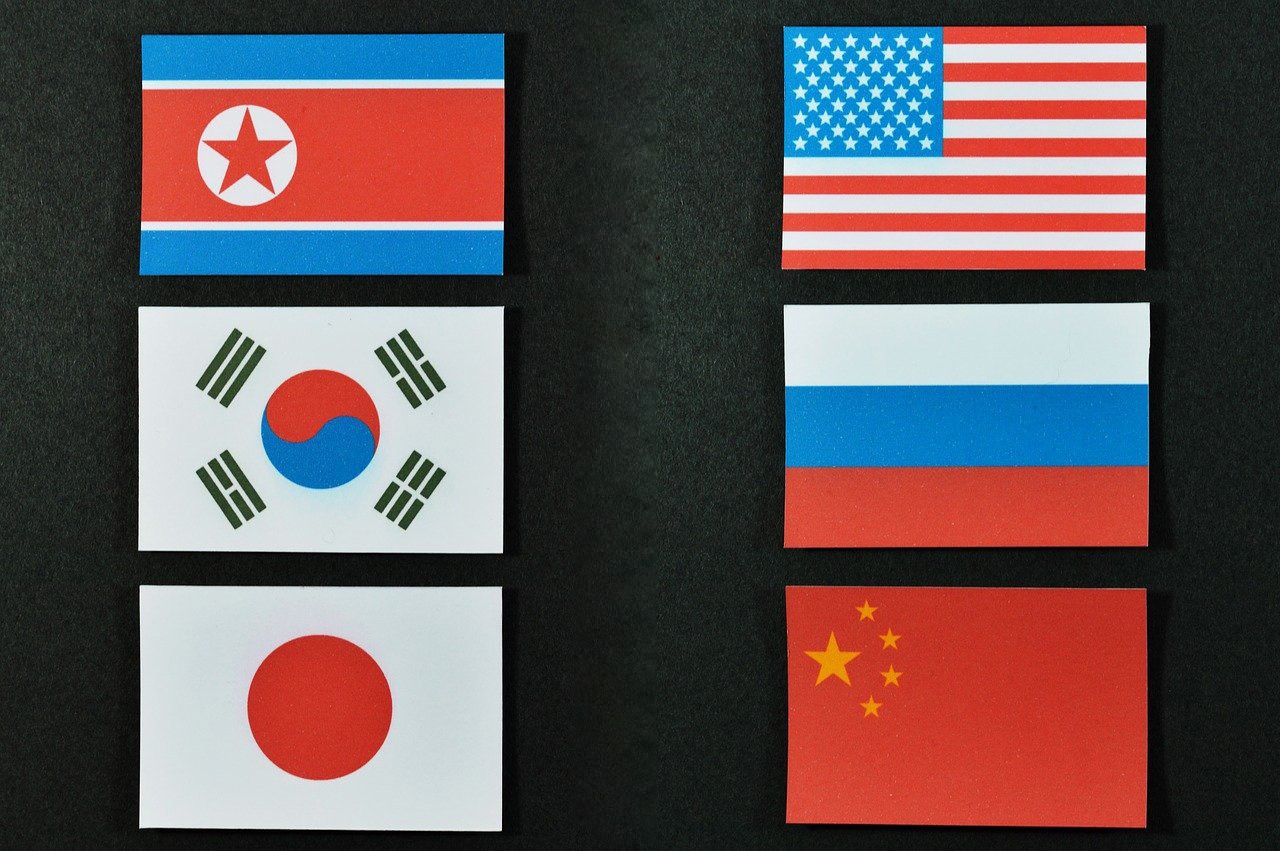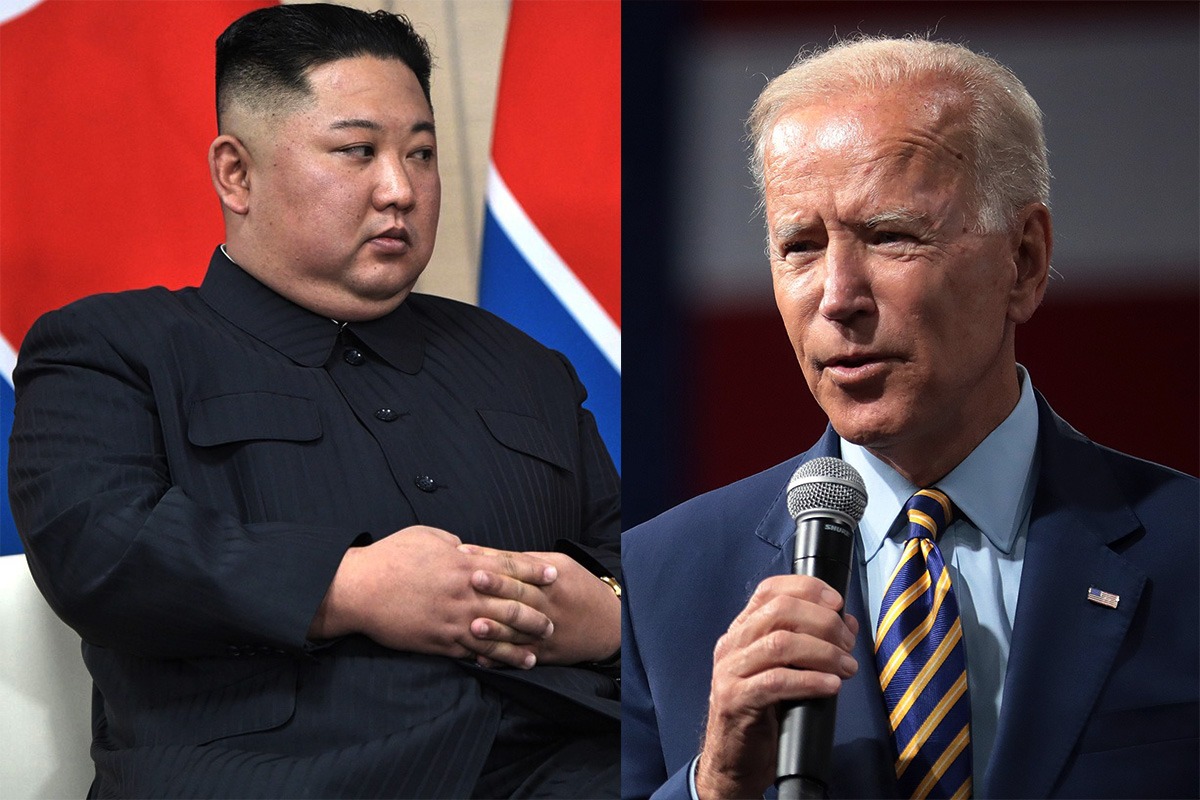US Nuclear Policy and Posture: Bending Toward Asia?
As long as China and North Korea are potential U.S. nuclear adversaries, the United States will plan for the possible use of nuclear weapons against both. Presumably the same is true for China and North Korea.
While the U.S.-Asia nuclear dynamic is perhaps still years away from achieving co-equal status with the U.S.-Russia dynamic, it could evolve to where China in particular becomes much more important.
The result may not be “stable deterrence” but rather both sides dug in more precariously on the nuclear ledge, with increasing risks of an accident, mistake, or miscalculation precipitating a dangerous fall into the precipice.
The forces driving increased tensions in the Asia-Pacific region are considerable, perhaps unlikely to be ameliorated for decades. China’s substantial military and nuclear modernization program and assertive military posture in the East and South China Seas alarm Washington.
Recent missile tests suggest North Korea is striving to improve its capability to strike targets in the region, and may be able to fit a nuclear device on short- to intercontinental-range ballistic missiles.
On the U.S. side, the Trump administration’s Nuclear Posture Review (NPR) expands the purpose of nuclear weapons to include a broader range of non-nuclear scenarios, including cyberattacks.
The Trump NPR supports new nuclear capabilities, including a low-yield Trident submarine-launched nuclear warhead and a new nuclear-armed sea-launched cruise missile, to deal in part with China’s “modernizing and expanding” nuclear forces and “assertive military initiatives.”
An Asian nuclear competition with few guardrails or constraints ― fueled by actions in Beijing, Pyongyang and Washington ― is a real risk.
While there appear to be no easy wins with respect to nuclear threat reduction in Asia, there are concrete steps that should be taken to shape the strategic terrain in ways that would moderate or even mitigate a Cold War nuclear revival between the U.S. and China in Asia.
These steps would also allow scarce post-pandemic defense resources in the U.S. to be devoted to other priorities to strengthen Washington’s capacity to deter China at all levels of conflict.
First, preferably with ― but even in the absence of ― the extension of the U.S.-Russia New START Treaty, as a voluntary confidence-building measure, China should provide data consistent with certain specific data exchanged between the United States and Russia under New START (“shadow” declarations).
The United States and Russia should also provide certain specific data they exchange under New START to China. China should also consider broader declarations with respect to future plans for their nuclear forces.
Including China in a data exchange on strategic forces would be an important step toward building increased transparency, cooperation, and trust among all nuclear-weapon states in the Asia-Pacific region.
Second, the U.S. and China should make clear their commitment to the Comprehensive Nuclear Test Ban Treaty’s (CTBT) ban on nuclear explosive testing, discuss ways to build confidence that such tests are not happening, move together to ratify the CTBT, and work together to secure signature and ratification of three key CTBT holdouts ― India, Pakistan, and North Korea.
The continuation of the testing moratorium would continue an important nuclear constraint between the U.S. and China, and joint work by Washington and Beijing to bring CTBT into force would strengthen the global nonproliferation regime, as well as improve the regional-nuclear dynamic between CTBT holdouts.
Third, the U.S. and China should adopt a bilateral “No First Use” policy, and work to broaden its application to all nuclear weapon states. Such a policy would then be written into U.S. presidential guidance on nuclear weapons employment policy.
As was the case with Clinton-era presidential guidance which reaffirmed that deterrence could be maintained at roughly 25 percent of deployed strategic nuclear warheads maintained in the Reagan-era, this could be a significant factor (with other steps relating to nuclear threat reduction) in reducing the requirements for and scope of U.S. nuclear deployments in Asia and globally.
Fourth, as a voluntary confidence building measure, the United States should commit not to deploy intermediate-range missiles in the Asia-Pacific region. China should reciprocate by capping (and eventually reducing) its current force. While commitments relating to these systems would, for different reasons, be a stretch for Washington and Beijing, this would address a capability that is of primary concerns to both countries.
With these steps, the U.S.-China nuclear dynamic in particular ― and U.S. nuclear policy and posture in the region ― would unfold in ways that help reduce rather than accentuate nuclear risks.
Yet even if all four steps are implemented, there will be wild cards, including both the scope of China’s nuclear modernization and further evolution of North Korea’s nuclear program.
In the United States, one could expect President Trump to continue with the nuclear policies unfurled in his first term. A new president, however, will have the opportunity to look anew at U.S. nuclear policy, and the forces driving that policy, including nuclear arms control.
Steven Andreasen, the director for defense policy and arms control on the White House National Security Council staff from 1993 to 2001, is a national security consultant who teaches at the University of Minnesota’s Humphrey School of Public Affairs. A longer version of this article will appear as a policy brief of the Asia-Pacific Leadership Network for Nuclear Non-Proliferation and Disarmament (APLN).
This article was first published in The Korea Times on 26 August 2020 and is part of dedicated, regular column with analysis by APLN members on global issues. You can find the original post here.




